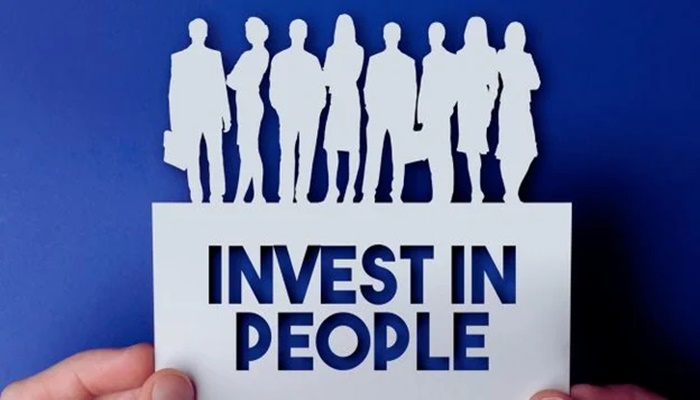Within India’s technology and knowledge sectors, mental health has emerged as a critical pillar of employee well-being. Increasing workloads, constant connectivity, and performance pressures have blurred the boundaries between professional and personal life. While organizations are investing more in wellness programs, one of the most effective and sustainable strategies to improve mental health at work is peer-to-peer support (Simmons, M. B., et al.The effectiveness of peer support).
Why Peer Support Matters
Peer support is the practice of colleagues offering emotional and practical help to one another, built on shared experience, empathy, and trust. It operates on the principle that people are more likely to open to someone who understands their environment and challenges firsthand. In the workplace, this means employees at similar levels or roles providing mutual support without hierarchy or evaluation.
Unlike formal counseling, peer support relies on connection and shared understanding. This makes it a highly accessible, stigma-reducing approach to early mental health intervention. Research shows that employees are far more likely to approach a trusted peer before seeking professional help, often making peers the first point of contact in moments of distress (Mead et al., 2001; Cyr et al., 2016).
How Peer Support Works in Practice
Peer supporters are employees trained to recognize early signs of stress, anxiety, or burnout and to offer empathetic listening and guidance. They do not replace mental health professionals; instead, they act as bridges who recognize distress, provide reassurance, and connect colleagues to appropriate support when needed.
Effective peer support programs typically include:
- Clear selection and training processes to ensure peer supporters are equipped to listen, respond, and refer responsibly.
- Defined role boundaries so supporters do not take on the responsibilities of counselors.
- Supervision and debriefing to prevent burnout among peer supporters.
- Integration with existing resources such as Employee Assistance Programs (EAPs) and HR wellness policies.
When implemented with care, peer programs enhance trust within teams and strengthen a culture of psychological safety, a quality strongly associated with higher innovation, collaboration, and retention (Shalaby & Agyapong, 2020).
Benefits of Peer-to-Peer Support
Evidence from global and Indian studies consistently highlights the value of peer support at work:
- Improved well-being: Reduces perceived stress and anxiety, enhances resilience, and supports return to work after mental health challenges (Agarwal et al., 2020).
- Higher engagement: Employees who feel supported are more motivated, productive, and connected to organizational goals.
- Reduced stigma: Open discussions around mental health normalize help-seeking and build inclusion (Meehan et al., 2002).
- Early intervention: Early peer-led support reduces the likelihood delayed professional intervention or development of crises.
- Better organizational climate: Teams with active peer networks report stronger communication, collaboration, and trust (Heart & Brain Works, 2024).
Building a Peer Support Culture
Creating a sustainable peer support framework requires more than individual training; it involves embedding mental health awareness into organizational culture. Leadership endorsement is critical. When managers model openness and normalize conversations about mental health, it encourages employees to do the same.
Organizations should:
- Identify and train interested employees who demonstrate empathy and stability.
- Develop clear referral pathways to professional support.
- Recognize peer supporters for their contributions to workplace well-being.
- Continuously evaluate the program’s impact and make improvements.
In India’s technology and service sectors, where high performance and constant connectivity are cultural norms, these efforts help prevent burnout and support long-term productivity (ASSOCHAM, 2023).
Challenges and Considerations
Peer support programs must be carefully designed to protect confidentiality and prevent role confusion. Without proper boundaries, peer supporters may feel overwhelmed or inadvertently step into quasi-counseling roles. Regular supervision, refresher training, and clear communication about the scope of peer support are essential.
Another challenge lies in readiness. Peer programs thrive in environments that already value openness, inclusion, and employee well-being. Where stigma or hierarchy dominates, organizations may need to begin with awareness training such as MHFA to build psychological safety before formalizing peer networks (Gagne et al., 2018).
Looking Ahead
As Indian workplaces evolve, the importance of emotional resilience and community connection will only grow. Peer-to-peer support offers a human-centered, scalable approach to workplace mental health rooted in trust, empathy, and shared experience.
By combining peer networks with evidence-based frameworks like Mental Health First Aid, organizations can move from awareness to action, ensuring that mental health is not just an HR initiative but a shared workplace responsibility (Cyr et al., 2016).




















